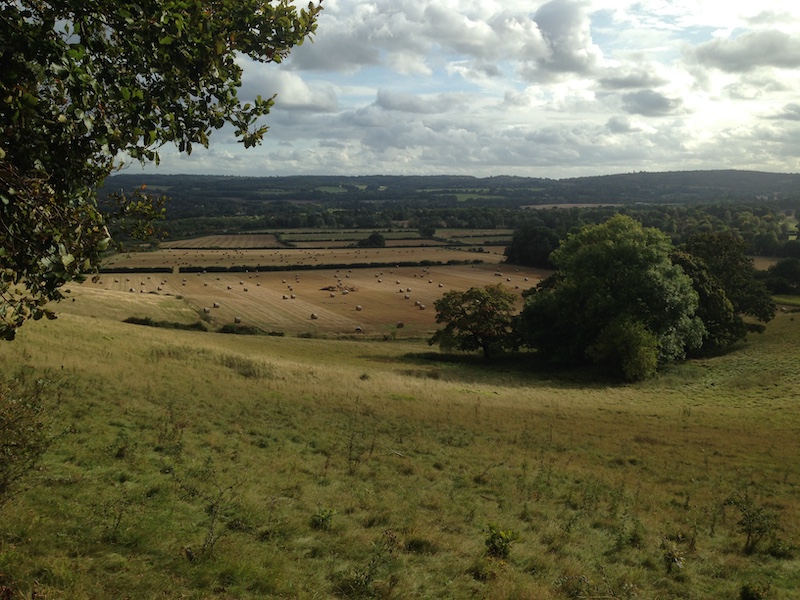Walking the North Downs Way Section 5: Oxted to Otford
Kentish Man or Man of Kent — any luck figuring out the difference (after finishing the previous section)? There are actually a few definitions floating around. The most common one is linked to the River Medway. If born West of the country’s main river, you were a Kentish Man, while the Eastern side made you a Man of Kent.
Another definition links the label to ancestry. A Kentish Man was born in Kent but not of Kentish parents, in contrast to a Man of Kent who has Kentish parents and ancestors.
Going into history even further, such labels have also been given some more or less flattering characteristics according to Alan Major, who wrote the book A New Dictionary of Kent Dialect in 1981 which noted that there has always been tension between both groups. Such rivalry, he says, goes back to William I’s conquest of Kent, after the Battle of Hastings, during which the Men of Kent offered quite some resistance at Swanscombe which won them certain rights, whereby the Kentish Men were easily subjugated earning them the reputation of being weak-minded, a label they’ve been trying to shake off ever since.

So, as you stroll along the North Downs Way, might be best to avoid historical chat with locals, especially once you make it past Oxted, unless you’re sure which side of the river they’re from.
Section 5: Oxted to Otford, 11.8 miles (18.9 km)
Before we get there though, time to find your way back to the random gap in the hedge where we left off last time as we finished Section 4 by making our way down to Oxted Station. You might have guessed it, that means today will start with a small ascent first to get back on track, one of the downsides of walking the NDW in sections, adding a few extra metres to the start and finish of your day, something that doesn’t happen that often when wild camping which allows to stay on the trail, unless you’re short on supplies and have to go to town, or need to find a more subtle enclave to pitch your tent due to heavy foot traffic, but more on that in future posts.
Section 5 was another strolling day for me on which I remember listening to quite a few podcast episodes as this stretch requires you to walk parallel to a motorway for some time, which sounds worse than it really is as you’ll still be walking through forested bliss. In addition to that, it also means you definitely won’t get lost this time around, at least along those motorway sections, the rest shall be your very own adventure as usual.
Things to highlight along this stretch before diving into some pictures might be the fact that you’re in for a few steep climbs which shall reward you with some nice views across the countryside, as well as the Meridian Plaque near the start of the trail, marking the point where the NDW and Vanguard Way (running from East Croydon to Newhaven) cross the Greenwich Meridian.
And speaking of markers, this section will also lead you to the first NDW ‘milestone’ as you make your way into Kent which I hope you’ll easily spot now that I told you about it because I must have missed it according to my pictures. Same applies to the Meridian plague, most likely being too distracted by the podcast of the day or simply having my head in the clouds as usual when out and about in nature. And rightly so, especially now that we’ve made it to the Kent Downs Area of Outstanding Natural Beauty (AONB), the place where Charles Darwin made his observations of flora and fauna after his trip to the Galapagos Islands.
While the thought of the latter also sounds rather appealing at the moment, let’s stick to the North Downs for now and have a look at what I came across and deemed picture-worthy:
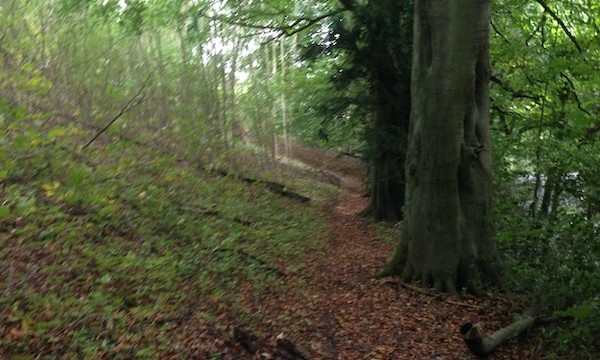
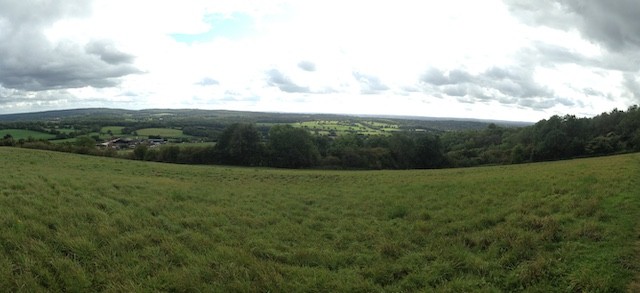
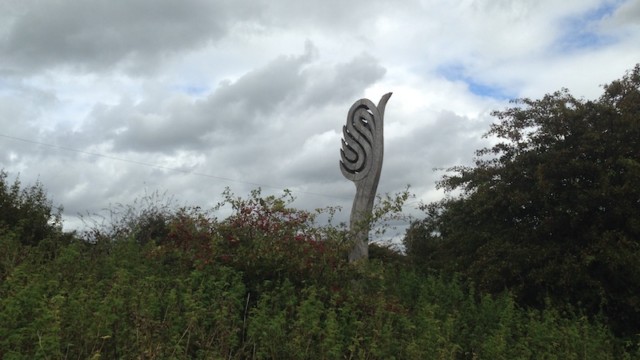
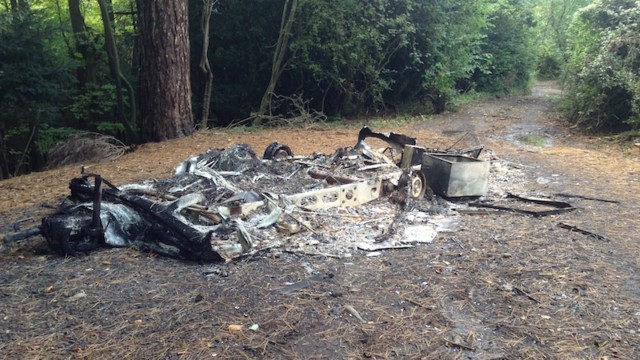
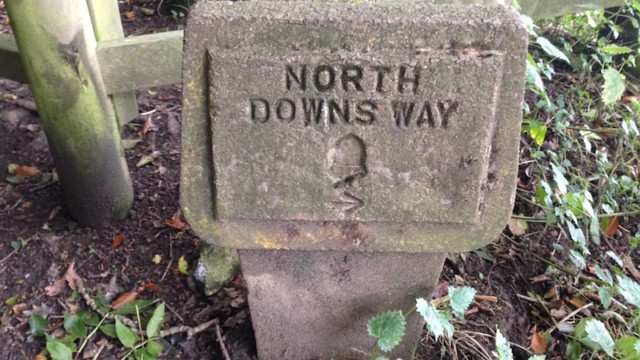
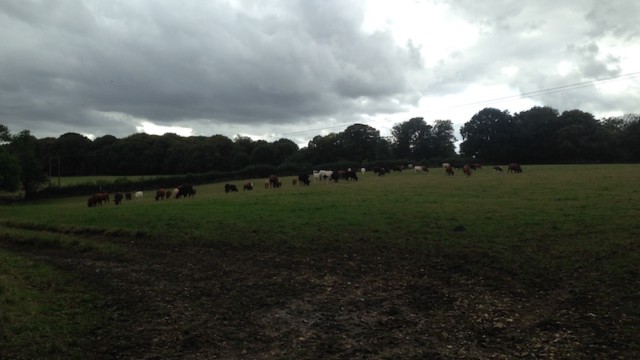
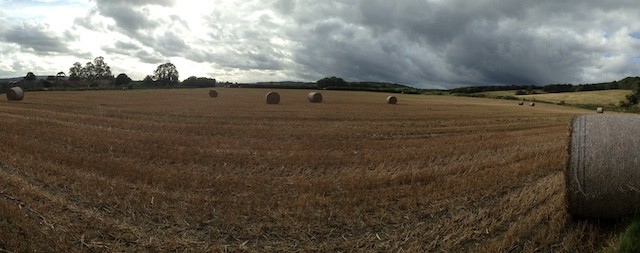
Five sections done, 10 more to go. On this one, I personally loved my waddly pheasant encounter, noisy little creatures that tend to appear in groups, or shall I say harems, as the common pheasant is polygynous, meaning a lucky single male will have several ladies following him around. And who can blame them, hard to resist those bright manly colours and wattles.
In addition to flock formation based on love interest, they are rather social creatures in general, especially when autumn comes along, at which point they tend to stick together in areas with food and cover. Bouquets, (the official term for a group of pheasants), can be as big as 50 pheasants, quite a party, and probably not the best thing to camp next to, some might say…
A final word on hay bales as they tend to take centre stage when I’m behind the camera — not quite sure why but I assume it might go back to my upbringing. Coming from a tiny village where agriculture was rather big, the smell of freshly cut hay as well as seeing its golden shimmer across the rolling fields weirdly lifts the spirit and warms the heart I dare say.
If you happen to be a city dweller, you might be thinking: ‘What the hay! What is she on about?’ If so, I do hope you catch a glance of a tractor pulling its machinery across the field one day, a fascinating sight engaging all the senses as you get to witness the first step in creating these picture-perfect views of round bales dotting the countryside.
If not perturbed by my reminiscent village talk but rather by the bale shape, I can confirm that they do come in squares as well. Given the hilly UK landscape, one might be tempted to think of the squared strategy we learned from the Wombats, but the bale shape actually has more to do with weight, size, and the farmer’s personal preference, what works best in their operation.
Hay or nay, I do hope you get to walk this way, and many other sections along the North Downs soon, now that the end of the lockdown tunnel is in sight. Until then, make sure to come back for further NDW tales, as I’ll be wild camping my way from Otford to Dover next!
When was I there? 28 September 2019
Section 6:
15 miles (24.1 km)
Section 5:
11.8 miles (18.9 km)
Section 4:
8 miles (12.8 km)
Section 3:
10 miles (16 km)
Section 2:
13 miles (21 Km)
Section 1:
11 miles (17.7 km)
